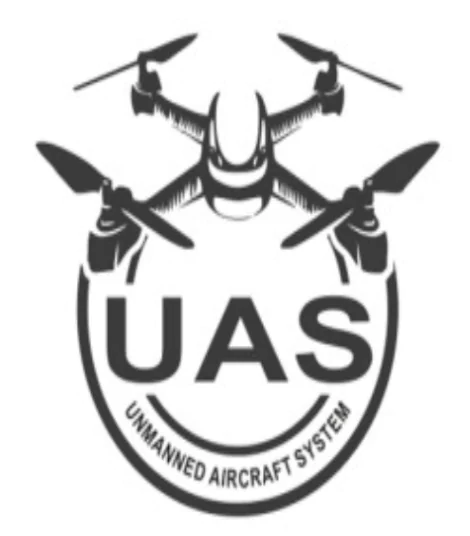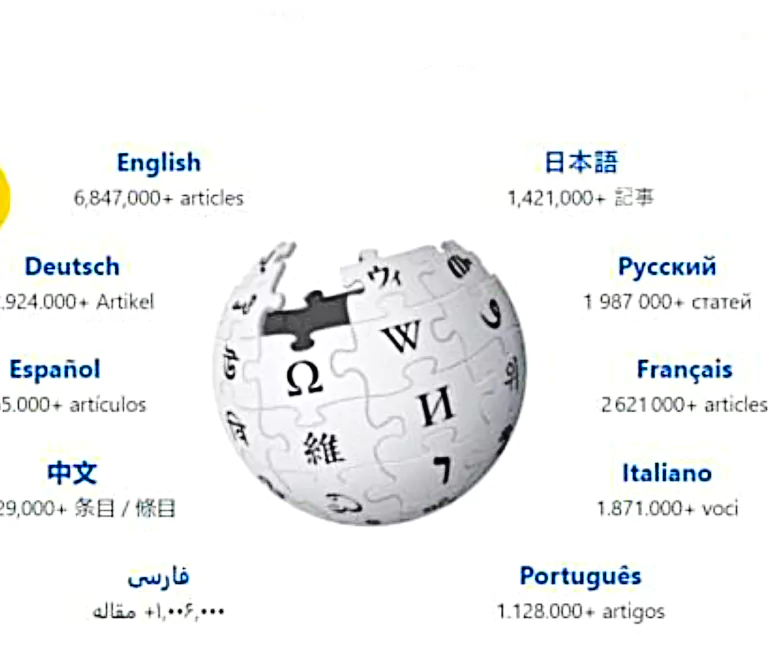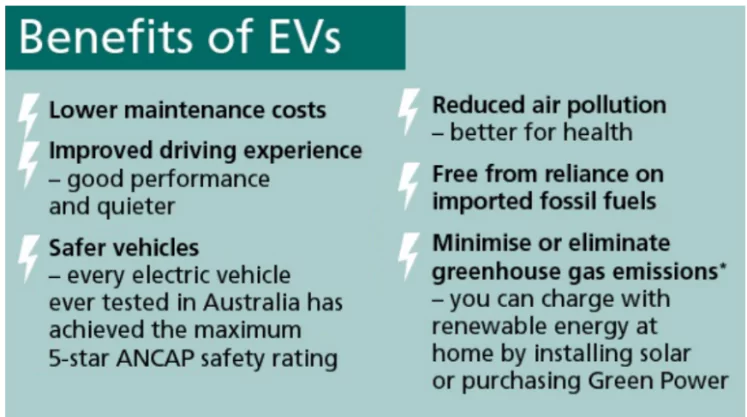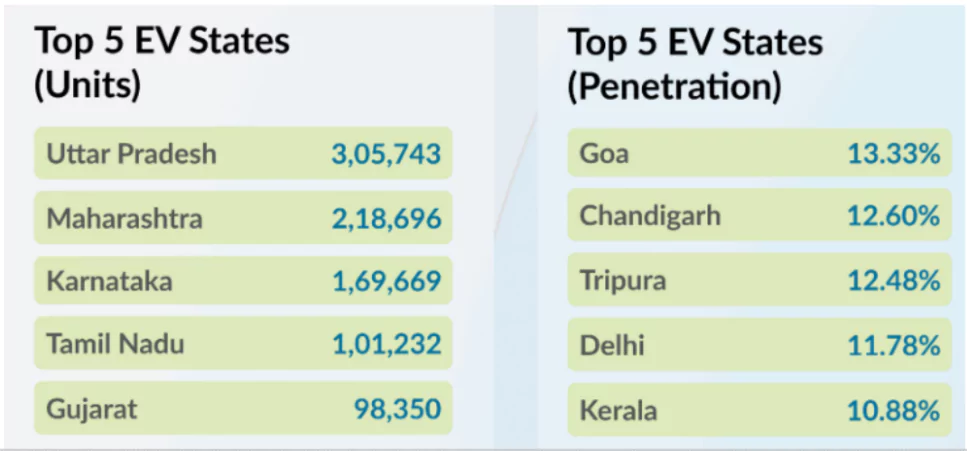Curcuma ungmensis |
Context: Recently, researchers have identified a new ‘cousin’ of the turmeric in Nagaland which has been given the name Curcuma ungmensis.
About Curcuma ungmensis:
About Rhizomes:
|
Mission Mausam
|
Context: Recently, the government has approved Mission Mausam.
About Mission Mausam:
|
Chairperson of the Parliamentary Committee on Official Language.
|
Context: Shri Amit Shah has been unanimously re-elected as Chairperson of the Parliamentary Committee on Official Language.
Chairperson
Parliamentary Committee on Official Language
|
First Meeting Of Anusandhan National Research Fund Board Convened
|
Context: Recently, the first meeting of the Governing Board of the Anusandhan National Research Foundation (ANRF) was convened.
Anusandhan National Research Foundation (ANRF):
|
The Union Cabinet, chaired by Prime Minister, recently approved health coverage to all the senior citizens aged 70 and above irrespective of income under the flagship scheme, Ayushman Bharat Pradhan Mantri Jan Arogya Yojana (AB PM-JAY).

The National Test House (Northern Region,Ghaziabad) has been provisionally approved by the Quality Council of India as the certification body for type certification of drones.

Quality Council of India
|
|---|
Certification Scheme for Unmanned Aircraft Systems (CSUAS)
|
News Agency Asian News International (ANI) sued Wikimedia Foundation for defamation over a Wikipedia description labelling it as a government propaganda propagator.

Safe Harbour Clause
|
|---|
| Past Case of Content Vandalism on Wikipedia in India: In 2022, cricketer Arshdeep Singh’s Wikipedia page was briefly vandalized, drawing government criticism. |
|---|
Amid stagnant domestic production, Copper concentrate imports have doubled to Rs 26,000 crore in FY24 from around Rs 13,000 crore in FY19.

Taliban chief minister visited Turkmenistan to re-inaugurate the long-delayed TAPI Pipeline project.

A World Resources Institute study found that road transport accounts for 90% of the transport sector’s emissions.
| Energy supply (largest source of emissions – 36% of the total), followed by Industry (25%), Agriculture and LULUCF (18%) Transport sector (14%) and Buildings ( 6.7%). |
|---|
The Union Cabinet has recently approved the PM E-Drive Scheme and PM-eBus Sewa-Payment Security Mechanism (PSM) scheme.
Overview of PM-eBus Sewa-Payment Security Mechanism (PSM) Scheme
|
|---|
 Plug-in Hybrid Electric Vehicles (PHEVs): Combines a battery with a traditional combustion engine (e.g., Toyota Prius).
Plug-in Hybrid Electric Vehicles (PHEVs): Combines a battery with a traditional combustion engine (e.g., Toyota Prius).
The push for electric mobility in India holds significant importance due to its potential to address key economic, environmental, and societal challenges.
Here are the major challenges associated with the transition to electric mobility in India:
India has undertaken several key initiatives to push for electric mobility as part of its broader goals for sustainability, pollution control, and reducing dependency on fossil fuels.
 EV Policies by State Governments:
EV Policies by State Governments:
The push for electric mobility in India is vital for sustainability, reducing pollution, and enhancing energy security, requiring continued investment, policy support, and infrastructure development.
Maharashtra Withdraws GRs on Hindi as Third Langua...
Statistical Report on Value of Output from Agricul...
Skills for the Future: Transforming India’s Work...
National Turmeric Board HQ Inaugurated in Nizamaba...
ECI Moves to De-List 345 Inactive Registered Unrec...
MNRE Issues Revised Biomass Guidelines Under Natio...
<div class="new-fform">
</div>